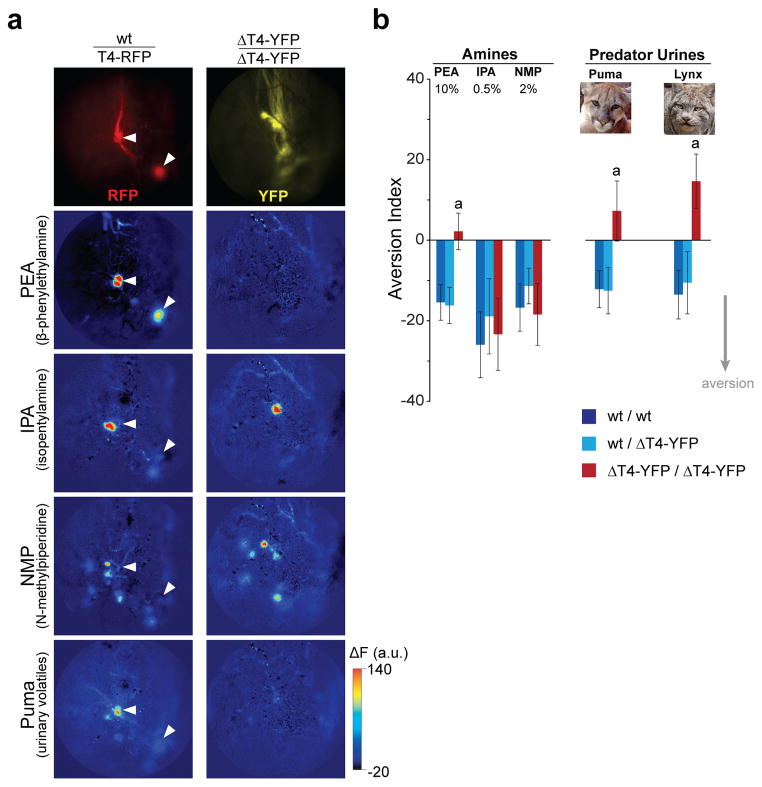Figure 3. Deletion of a single TAAR gene abolishes aversion to a specific amine and to natural predator odours.
a. In vivo imaging of the left caudomedial olfactory bulb in a heterozygous T4-RFP mouse and a homozygous ΔT4-YFP mouse (anterior is up, medial is right). TAAR4 glomeruli are labelled in T4-RFP mice (top left panel, red) and their locations are indicated with arrowheads in subsequent panels. All dorsal TAAR glomeruli, except for those corresponding to the deleted TAAR4 gene, are labelled in homozygous ΔT4-YFP mice (top right panel, yellow)11. Pseudocolored panels show odour-evoked fluorescence changes in response to β-phenylethylamine (2 nM v.c.), isopentylamine (24 nM v.c.), N-methylpiperidine (150 nM v.c.), and puma urine (undiluted headspace vapour). Response maps are displayed as ΔF in arbitrary units (see Full Methods). Maximum response = 7.5% ΔF/F.
b. Aversion index values for wild-type, heterozygous and homozygous ΔT4-YFP mice. Negative values indicate avoidance. Odorants are β-phenylethylamine (PEA), isopentylamine (IPA), N-methylpiperidine (NMP), puma urine and Canadian lynx urine. Concentrations given as percent dilution of pure odorant in water. Predator urines were undiluted. Data are mean ± SE (n=20–25 mice per genotype, per odorant). Statistical significances for pairwise comparisons: “a”, homozygous mice differ from both wild-type and heterozygous mice (p<0.05, generalized linear mixed model). Wild-type and heterozygous mice did not differ statistically for any odour, and the aversion response did not differ with sex (p=0.639).

